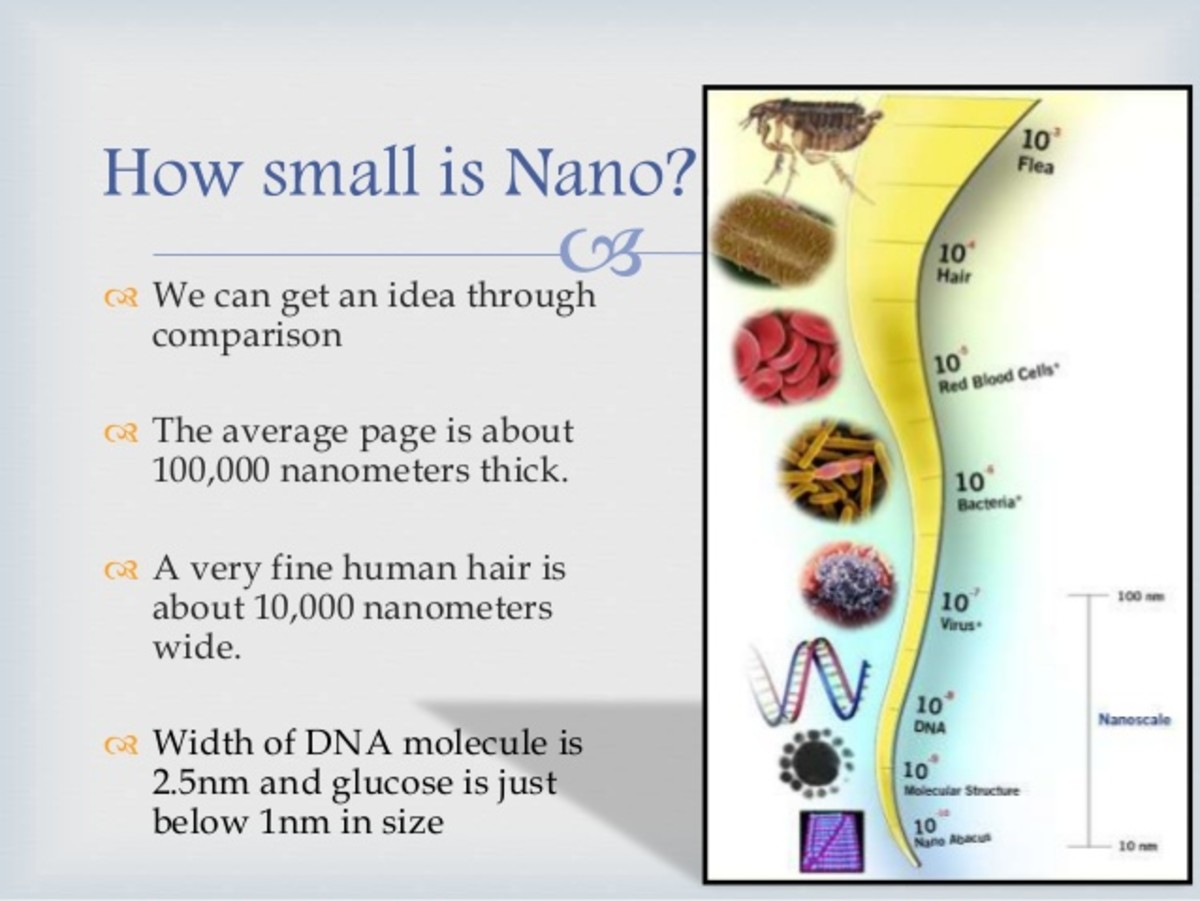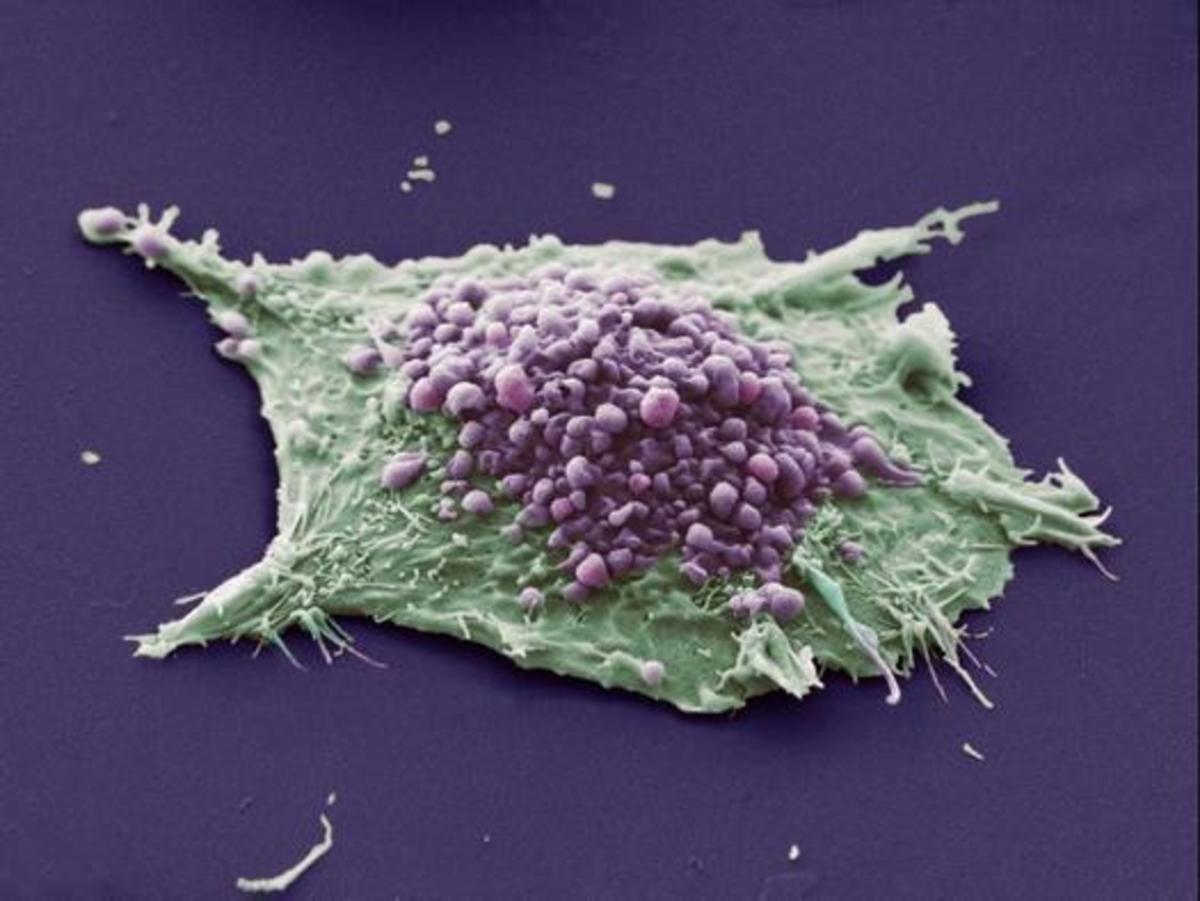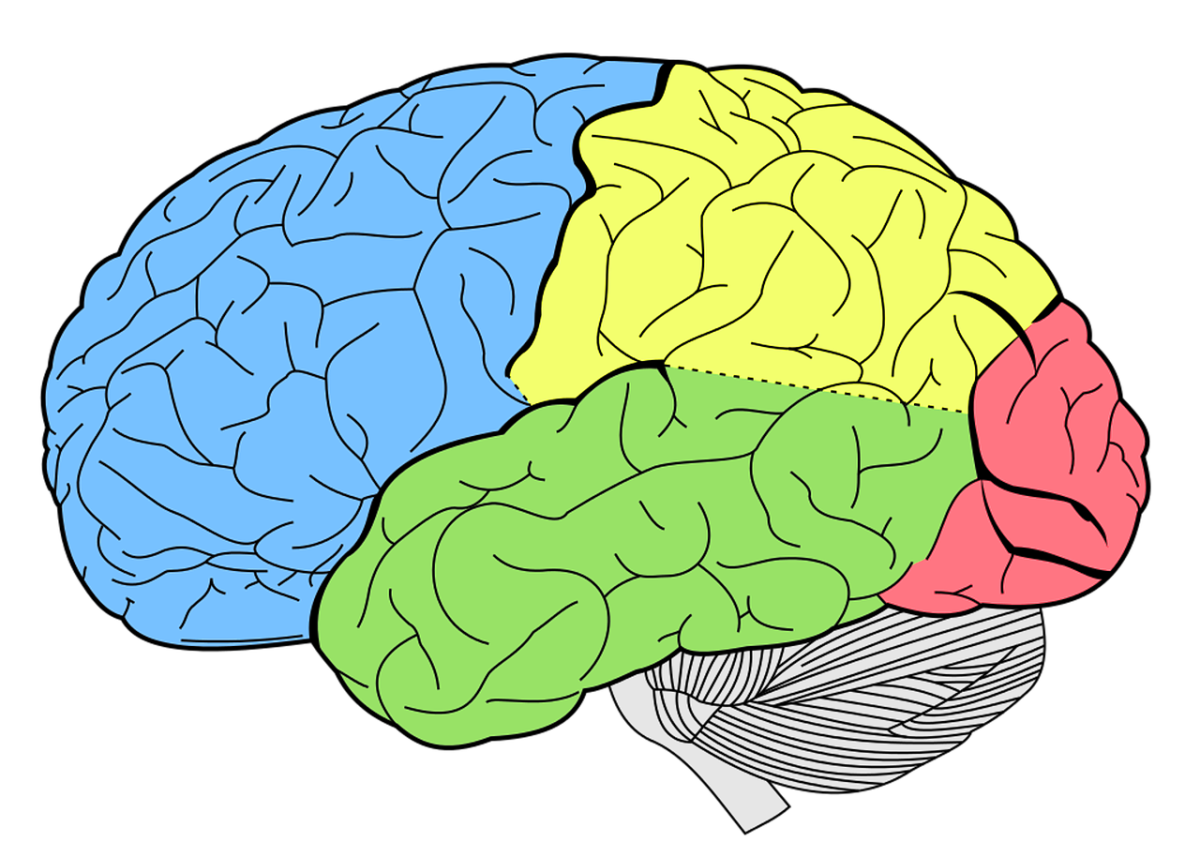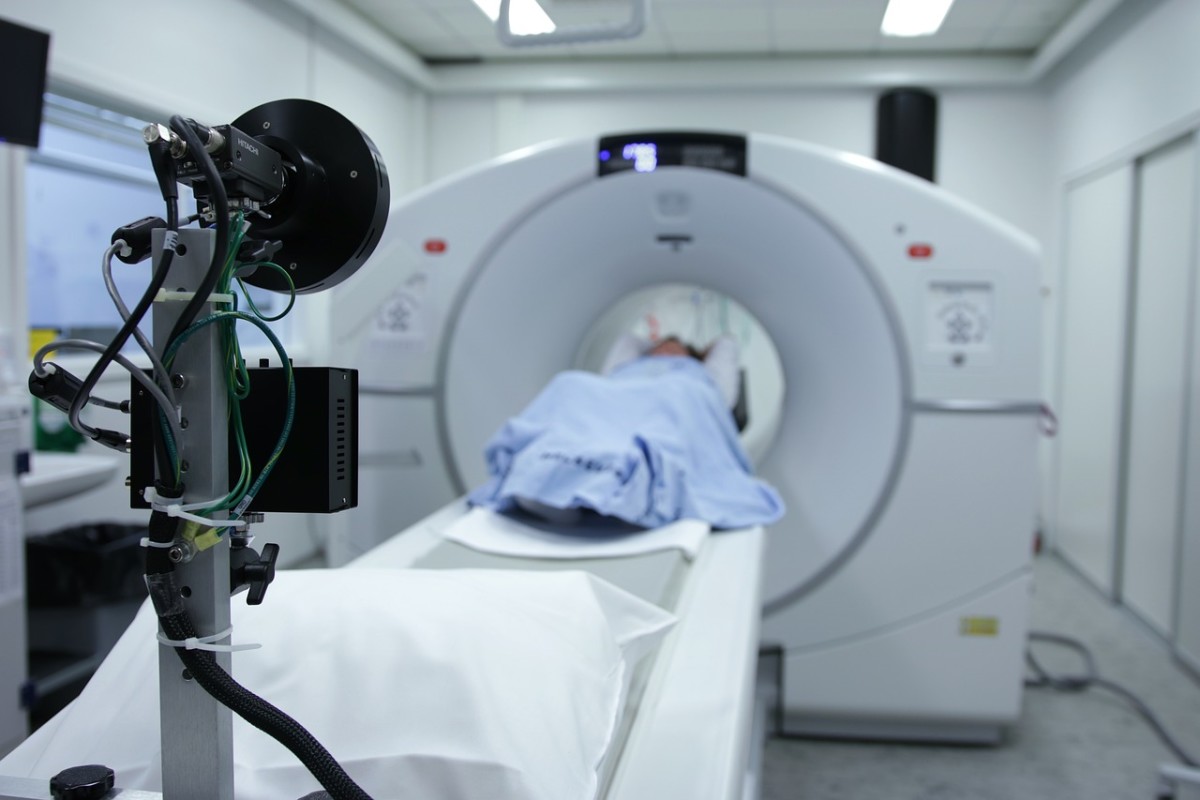Cancer Can Be Caused By Damage or Changes in the DNA
What is cancer?
Cancer is not just one disease, but a term that describes over 100 different types of cancer. Cancer starts when abnormal, old, or damaged cells in the body do not die, when they are supposed to. They divide without control and can invade other areas of the body, other tissues or organs. How do healthy cells become cancer cells? Cells that are old or damaged are supposed to die and be replaced by new cells in-order to keep the body in a healthy state called homeostasis. The process of cells dying and being replaced by new cells goes totally wrong. The DNA in a cell can be damaged or changed in someway, so that the cell is mutated. Cell growth and division is affected if the genetic material (DNA) in a cell is damaged or changed. When this happens the cells do not die when they are supposed to and new cells form when they are not needed. Since cells are not going through their normal life cycle, as they are not dying, there are too many cells. The new cells that are not needed, form a mass of tissue called a tumor.
Pollutants and smoking are two causes of cancer, as well as heredity.
Cancer of the Cervix
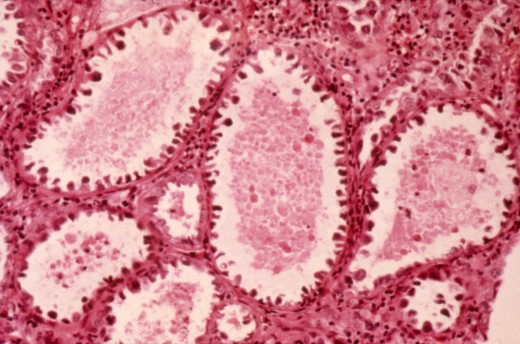
Cancer in the Family
My grandfather had cancer of the pancreas many years ago, and the cancer took his life. My mother had cancer of the cervix and she lost her life to it in January 1998. My brother, who is one year older than me, had cancer of the esophagus, and then he found out awhile back, that he has bone cancer. He was taking treatments for it, but now he decided not to have any more treatments. The bone cancer has spread throughout his system. I have a sister and she told me awhile back, that the bone cancer had spread to his rib cage. By now it has spread to his entire system. It does not sound good for him at all. He has a wife and she is not doing too good, either. I was hoping that he would get better, but it does not sound like he will. It makes you wonder how much time he has left to live?
My Mother Died of Cancer--My Brother Has It


Not All Tumors Are Cancer
Tumors are benign or cancerous. Tumors that are benign are not cancer. Benign tumors can be removed, and they usually do not grow back. The cells in the benign tumors do not spread to other parts of the body. Malignant tumors are cancerous. And, the cells of malignant tumors can spread to the other parts of the body. Metastasis is the medical term for cancer that spreads from one part to another part of the body.
Not all cancers form tumors, for example: Leukemia is a cancer of the blood that does not form tumors. A cancer is named for its origin-the place where it first started, and if the cancer spreads (metastasizes) to other parts of the body, the cancer is still named for its place of origin-its beginning-where it started at, for example: it the cancer started in the cervix and spreads to the lungs, it is still cervical cancer, not lung cancer.
Cancer can be genetic or environmental or both. Cancer can be caused by chemicals or pollution, or it seems just about everything these days.
What is cancer?
Cancers are Grouped into Categories
Cancers are grouped in different categories, for instance: Carcinoma, sarcoma, Leukemia, Lymphoma-myeloma, and Central Nervous System Cancers, just to name a few of the main categories. Carcinoma is a cancer that begins in the skin or the tissues that line or cover internal organs. Sarcoma is a cancer that begins in the bone, cartilage, fat, muscle, blood vessels, or other connective or supportive tissues in the body. Leukemia is a cancer that begins in the blood and blood forming tissues, such as the bone marrow, then causes large numbers of abnormal blood cells to be formed, and then they are released into the blood. Lymphoma-myeloma are cancers that begin in the cells of the immune system. Central Nervous Sytsem Cancers are cancers that begin in the tissues of the brain and spinal cord.
Understanding Cancer
Treatment of Cnacer
There are four standard methods of treatment for cancer, which are surgery, chemotherapy, radiation therapy, and immunotherapy/biologic therapy. An Oncologist is a doctor who specializes in the treatment of cancer. After a person receives a diagnosis of cancer, the person may have a great deal of anger, frustration and confusion. Before a person goes to an appointment with their doctor, it is a good idea to write down questions to ask the doctor, in a notebook for the purpose, so that no questions are forgotten, and the answers the doctor gives can be written down in the notebook. Bring a trusted friend or family member to the appointment may help a lot. The trusted friend or family member can help by asking questions and contributing to the discussion.
Write down questions that are easily forgotten--like questions about the extent or stage of the cancer, what the prognosis is, treatment options, the best treatments, how long will the treatment last, can you continue working, daily living affected, about clinical trials that may help, or not, what if you choose not to have treatment and what will happen if you choose this option, what are the costs, about insurance, how long to continue check-ups after treatment, would the doctor object to second opinions, etc...It is important that a doctor will take the time to answer questions and address your concerns.
Prognosis is the anticipated progression of a disease. A prognosis can predict the likelihood of survival, also assess the status and severity of the disease. In terminal cases, the prognosis is not good, life expectancy may be discussed, entailing how much longer a person may have to live.
Laser Technology was developed to fight cancer, with a new seek and destroy mission for cancerous tumors. The power of lasers has been harnessed to find, map, and non-invasively destroy cancerous tumors. There are devices that are being created to fight and destroy cancerous tumors everyday that are in the news and on the Internet.


